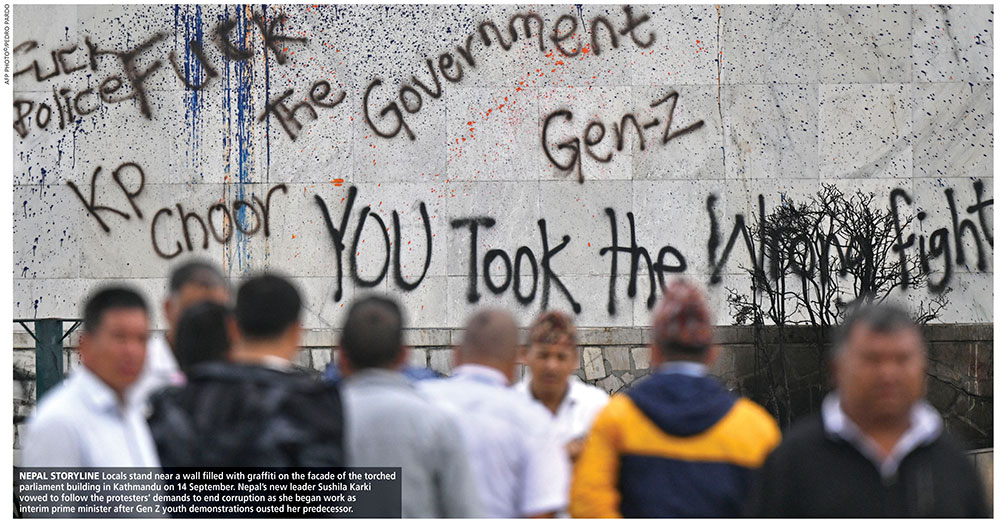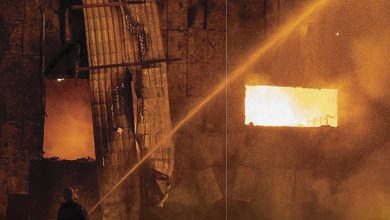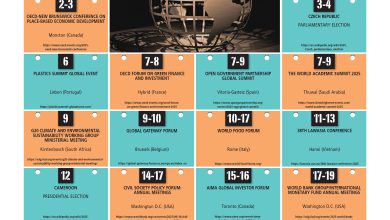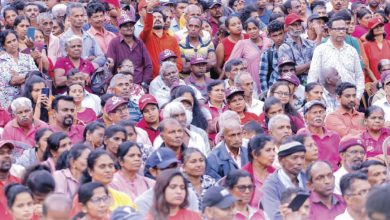NEPAL UPRISING
GEN Z IS SHAPING NATIONS IN SOUTH ASIA
Saro Thiruppathy reports on the recent protests by Gen Z in Nepal and the drastic impact their displeasure has had on its government and the nation

In 2022, Sri Lankans of all ages and from most walks of life displayed their anger at the failed economy and military excesses through street protests known as the aragalaya (‘struggle’). And in July this year, Bangladeshis took to the streets against state repression by the regime of the day.
According to watchers of these regional revolts, Nepalese Gen Zs had been keeping a close eye on the people’s revolutions in Sri Lanka and Bangladesh.
Mass protests occur only once citizens – many of whom are already simmering with rage – reach boiling point against their governments for violating human and civil rights.
The land of the Gurkhas is no exception; nor are the Nepalis strangers to street protests – because their sheer grit doesn’t allow them to back down in the face of force.
This was evident in the protests that took place against the regime of King Gyanendra in 2006. He had taken over the monarchy when his brother King Birendra and his family were assassinated in 2001 by Crown Prince Dipendra.
After Gyanendra exercised imperial autocracy in 2005 by sacking the government and arrogating executive rule, street protests began soon after to strip Nepal of its monarchy and establish a republic instead. And in 2008, that nation was declared a federal republic as a result of people’s power.
Although Nepal didn’t hit the headlines for many years thereafter, anger at governmental control over freedom of expression and social media, and corruption and nepotism, had been brewing for some time.
NEPALESE FURY The fury of the Nepalis came to the fore when their government ordered the shutdown of 26 social media platforms on 4 September, claiming that they had failed to register with the state.
However, people didn’t buy the official narrative. They alleged that it was a move to control the citizenry, which had been addressing nepotism and corruption on social media.
In addition to nepotism, a lack of transparency, excessive levels of corruption, mismanagement of public funds and the absence of accountability were some of the issues being challenged by the Gen Zs.
Though the protests began peacefully, military excesses by the government ended with over 50 people being killed. In response, enraged protesters vandalised state institutions throughout the country.
During the subsequent cleanup, a range of military weapons were secured by the protesters. These included armour vests, L1A1 Self-Loading Rifles (SLR); Webley & Scott 37 mm ‘Schermuly’ grenade launchers; Indian Small Arms System (INSAS) 1B1 rifles; bolt action, magazine fed, repeating Lee-Enfield rifles; and Ishapore 1A1 rifles.
SOCIAL MEDIA The ban on social media impacted the freedom of expression of the Nepalese people and affected the economy since 33 percent of its GDP derives from foreign inward remittances. Since youth unemployment was reportedly 20 percent, social media also contributes towards youth livelihoods.
Nepal’s median age is 25 years and a large part of its population hails from Generation Z, which uses social media extensively to communicate locally and overseas. Forty-eight percent of Nepalis have a social media account.
Though the protests didn’t have an identifiable leader, youth participatory groups such as Hami Nepal communicated with their online communities (known as ‘servers’) in Discord and using Instagram to organise the protests. Protesters also used VPNs and posted flyers with QR codes to evade the ban.
After Prime Minister K. P. Sharma Oli resigned on 9 September, the government lifted the ban on social media and President Ram Chandra Poudel dissolved parliament.
The Nepalese army took charge during the ensuing leadership vacuum; and soon after, army chiefs met with Hami Nepal and others, asking them to nominate an interim leader who could govern until national elections are conducted.
According to the Times of India, over 100,000 users met virtually on Discord and Bitchat, to discuss and arrive at the mutually acceptable nominee former chief justice Sushila Karki.
GEN Z MANDATE The mandate granted to the interim government is clear: the country must be stabilised so that international confidence can be restored, corruption and economic inequality disallowed, and Nepal governed adequately until the next general election.
Though the interim government has decided to hold a general election on 5 March 2026, it may be easier said than done – because in all such political scenarios, nothing is simple.
Premier Karki has to negotiate with the political parties known as the ‘Big Three’ in parliament – the Nepali Congress (NC), the Communist Party of Nepal – Unified Marxist-Leninist (CPN-UML) and the Communist Party of Nepal – Maoist Centre (CPN-MC).
She will also need to appease them because even though they wanted the legislature to remain intact, Poudel acceded to Gen Z demands and dissolved parliament.
Although the road ahead is still rocky however, there’s some hope that a future government will work towards creating a political milieu that’s mandated by Gen Z.






